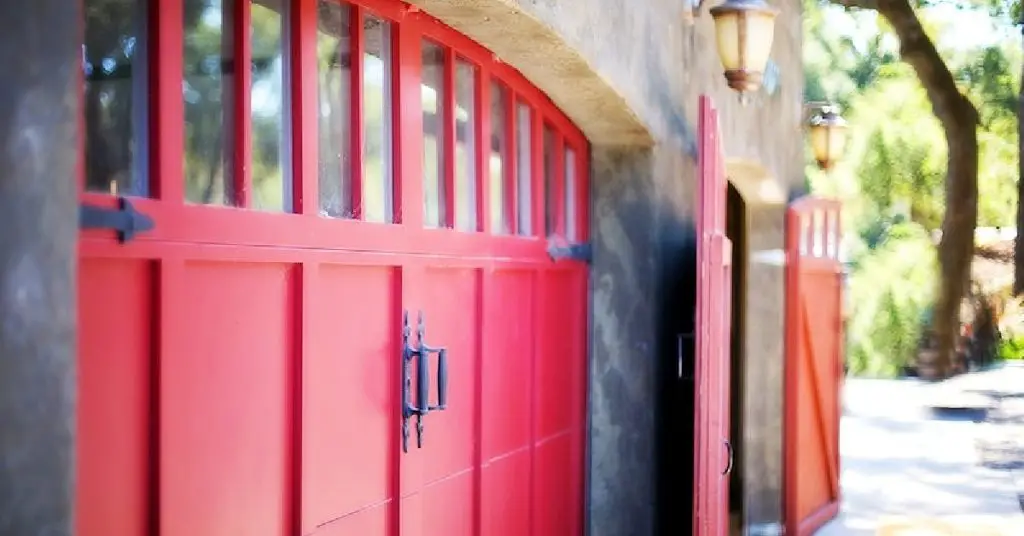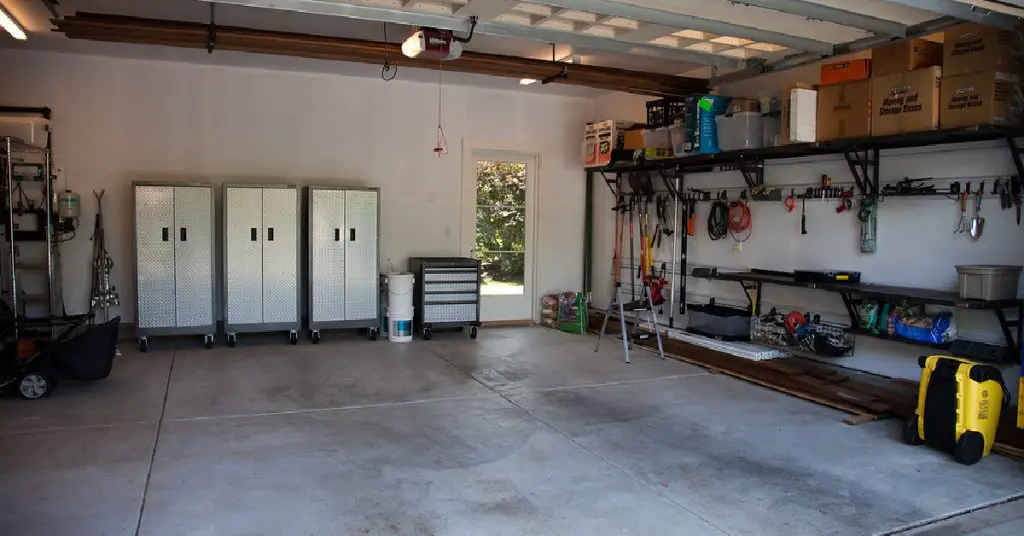Got a garage packed with bikes that seem to continually fall into cluttered piles on the floor? For avid cyclists or families who bike, having an effective bike storage system is essential. The goal of this guide is to explore tips for how to hang bikes in garage to free up valuable floor space while keeping your beloved bike frames protected. We’ll review key planning considerations before mounting bikes, survey popular storage solutions from hooks to ceiling racks, and showcase unique DIY options to inspire your organizational side. With the right approach, you can get those stored bikes up off the ground and bring the order back to your garage.
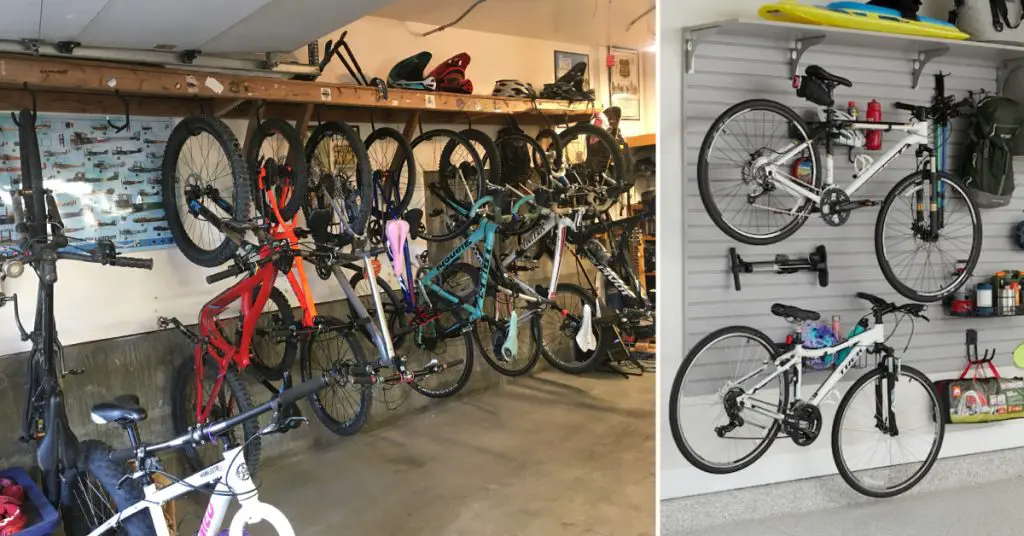
Key Takeaways:
- Measure bike and garage dimensions to calculate the required space.
- Locate wall studs for secure installation of hardware.
- The standard vertical mounting height is 65″ from floor to bike bracket.
- Options include wall hooks, horizontal mounts, rail systems, ceiling racks, column stands, and DIY projects.
- Accessorize with shelving and racks to organize helmets, gear, and tools.
- Focus on properly measuring space and bike sizes, and choosing suitable storage methods.
Key Planning Tips Before Hanging Bikes
Before you start installing hooks, racks, and mounts, take time to assess your garage space, measure your current bikes, and understand important height and placement considerations.
Tip 1: Measure Bike Dimensions & Garage Space
Carefully measure the full length and height of every bike that needs storage, including the mountain bikes with wide, knobby tires down to the smallest kids’ cycles. This will determine how much horizontal wall space is required depending on whether you’ll hang bikes vertically or horizontally. Also, evaluate total vertical clearance from floor to rafters if using ceiling-mounted hoists or racks. Note the free floor area left around vehicles and shop spaces to understand open storage zones.
Tip 2: Locate Wall Studs
Most wall-mounted bike racks require securely screwing into the wall studs instead of just drywall for proper stability and weight support. So take time beforehand to map out stud placement using a stud finder. Mark their exact spots on the wall with painter’s tape for easy reference later when ready to install screws and hooks.
Tip 3: Choose Proper Mounting Height
The standard mounting height for hanging bikes vertically by their top bar or wheel rim is around 65 inches from the floor up to the bike’s bottom bracket. This leaves plenty of clearance to easily roll bikes in and out of position. For horizontal wall mounts that park bikes by leaning them on their sides, make sure to measure bike length to guarantee adequate standoff space from the wall accounting for handlebars and pedals.
7 Reliable Solutions for How to Hang Bikes in Garage
From basic hooks and racks to ceiling pulley systems and DIY projects, many options exist for creatively organizing garage bike storage.
Solution 1: Vertical Wall Hook Racks
Simple screw-in bike hooks allow hanging bikes vertically by their wheel rim or top bar against the wall. Arrange multiple hooks spaced appropriately across a wall row to efficiently park several bikes while taking up minimal lateral space. Look for hooks with foam or rubber coating to prevent rim and frame damage while providing stability. They generally accommodate wheels from small kids’ 16″ cycles up to standard 26” and 29ers.
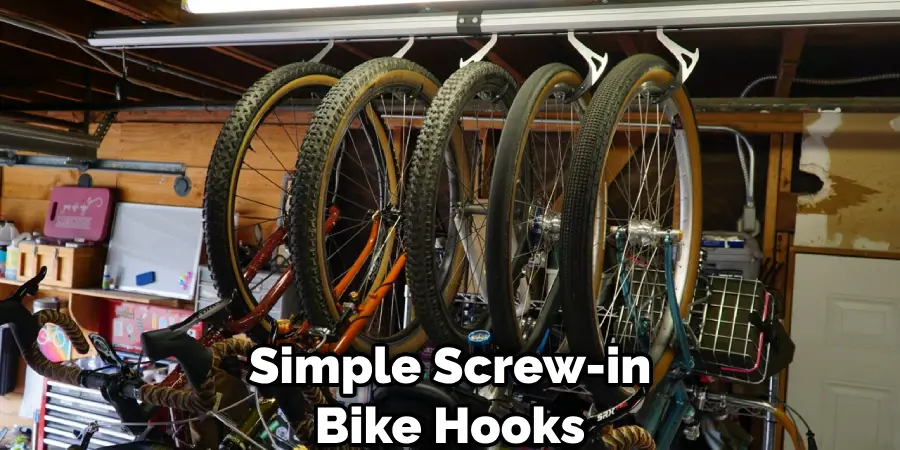
Solution 2: Horizontal Wall Mounts
Horizontal mounts park bikes sideways by leaning them flat against the wall. Arms extend out from the wall to properly support the bike and keep the handlebars clear of the wall with enough standoff space. This storage approach is beneficial if you have wide garage walls but limited depth space. It also creatively displays bikes as decorative art instead of just equipment storage.
Solution 3: Rail Systems With Adjustable Hooks
Rail-based systems like GearTrack offer ceiling-to-floor versatility for storing far more than just bikes. Install two vertical rails first on the garage wall. Then mix and match various hooks that best fit your storage needs which slide horizontally and lock in place along the rails. Use wheel-shaped curved hooks to hang bikes by their top tubes or rims. Then add rectangular hooks, baskets, and shelves to organize helmets, gear, and tools up the same wall. A modular rail approach maximizes storage space!
Solution 4: Hoists and Ceiling-Mounted Racks
Both hoist and ceiling rack systems conserve the most floor area by lifting bikes up and out of the way toward the rafters. Hoists use pulley mechanisms to easily raise or lower bikes within arm’s reach. Models from Racor and Garage Gator allow safely storing bikes up to 100 lbs. Ceiling racks from Saris securely hold multiple bikes on pivoting ceiling trays. Its Glide Cycling model has space for up to four bikes, with optional add-on kits expanding capacity to six bikes. Handlebars rotate horizontally to allow easy access and removal of any bike without needing to adjust the rest.
Solution 5: Column Racks
Free-standing column racks provide vertical bike storage without needing to penetrate walls or drill into problematic metal studs or masonry. Telescopic models use adjustable height settings with rubberized hooks that conform to a variety of bike styles and room heights. Topeak’s Dual-Touch stand is set between the floor and ceiling. Feedback Sports Rakk securely holds wheels instead of frames, with multi-stands that connect for parking entire fleets.
Solution 6: DIY Options
For the true do-it-yourselfer, all kinds of spare parts and found items around the house can morph into custom bike storage. An old crib or bed frame laid on its side instantly creates bike racks. Mount ladders horizontally like shelves to nest each rung with a bike. Salvage wood pallets for starter lumber building your floor racks. The possibilities are endless, limited only by your imagination and effort invested. You can integrate your personalized touches like color, labeling, and lighting.
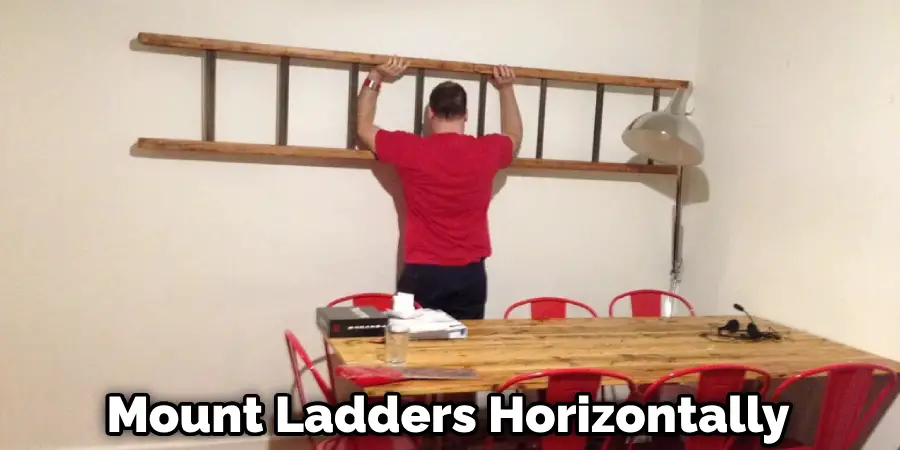
Solution 7: Creative Storage for Accessories & Gear
Don’t neglect the related bike gear! Install shelving above bikes or walls to neatly store helmets, shoes, tools, and spare parts. Consider mounting magnetic strips, boards, or peg racks to hold keys, pumps, and components. Take time to properly label and thoughtfully organize all the accessories. Treat them as carefully as you do your beloved bikes!
You Can Check It Out to Hang a Heavy Bag in the Garage.
FAQs About How to Hang Bikes in Garage
What is the Best Way to Hang a Bike in a Garage?
The best ways to hang a bike in a garage include using wall-mounted bike racks for a secure and space-saving option, ceiling-mounted bike hoists for limited wall space, freestanding bike stands for easy mobility, a DIY pulley system for a budget-friendly solution, or vertical bike hooks for a simple and inexpensive setup. When hanging the bike, always consider the weight capacity of the storage solution and ensure secure installation to prevent accidents.
Is It OK to Hang a Bike by the Wheel?
Hanging a bike by the wheel is generally acceptable when using a purpose-built bike rack or hook designed for this purpose. Hanging a bike by the wheel can help save space and keep the bike secure. However, it’s important to ensure that the rack or hook is designed to support the weight of the bike and that the wheel is strong enough to handle the load. Improperly hanging a bike by the wheel, especially without a suitable rack or hook, can potentially damage the wheel or the bike’s frame. Therefore, it’s essential to use a specifically designed bike rack or hook to hang a bike by the wheel safely.
Final Thoughts
As you explore options for creatively storing bikes in your garage, focus first on measuring your true space constraints and the types of bikes needing storage. Mix and match solutions such as hooks, racks, stands, and hoists that best fit your needs and family dynamic. Don’t just haphazardly hang bikes. Well-planned bike storage solutions and racks installed properly will protect your bike investments, eliminate messy clutter, and ensure you can easily access any bike when adventure calls!

